The Science of E-Recycling
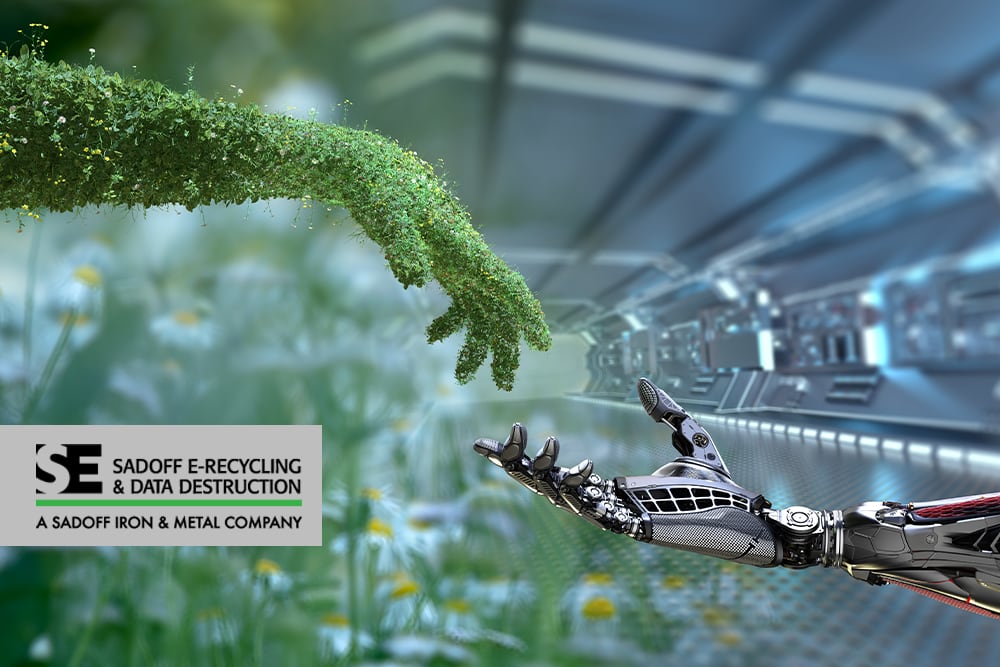 8
8 Jul
The fate of an electronic device can take several different paths throughout its lifecycle, particularly toward its end. As consumers, we hold the power over whether this will be a happy ending—both for the device itself, and more so, as it affects our planet. Will your obsolete technology contribute to a better future, help ease supply chain issues, and even earn money for the worth of its components? Will you be an intentional steward of e-waste management, or just another contributor to the global e-waste crisis?
As part of our ongoing efforts to raise awareness about the devastating problems of e-waste, we aim to continually educate consumers regarding the innovative solutions of e-recycling. In this article, we will further these efforts by digging deeper into the scientific reasoning behind some of the most impactful processes in the e-recycling journey.
The process of proper e-waste disposal
Perhaps the least scientific or technical part of the e-recycling process is the beginning. Proper disposal of e-waste begins, of course, with the consumer: does he or she desire to ensure electronics are recycled and/or properly handled? Though we are digging into the scientific side of things, we won’t attempt here to venture into the psychology of why some consumers are more inclined than others to consider the consequences of their electronics usage. Instead, let’s assume it’s due to a naive lack of awareness.
(Want to help raise awareness? View and share our E-Recycling by the Numbers infographic with eye-opening statistics on the impact of e-waste.)
When eco-conscious consumers opt for e-recycling, the process starts with an initial evaluation, with an R2-certified expert conducting a thorough evaluation of the electronic device. This entails the following:
- Determining reuse/refurbishing potential
- Key function/functionality testing
- Full process documentation
Let’s consider one common device, a laptop. A single laptop can merit up to 30 minutes of evaluation. Its screen, keyboard, USB ports, CPU, memory, battery, and more are tested. Any apparent issues are retested to ensure they weren’t mere aberrations. The hard drive is removed, memory is securely wiped, and a thorough report is produced.
E-recycling obsolete technology
When electronic devices cannot be reused, or if required repairs are cost-prohibitive, the next best option is to take a device down to its individual components. An e-recycling expert will dismantle a device and test each part’s functionality and fitness for reuse, including:
- Power supply cords
- Memory banks
- Processors
- Motherboards
- CD-ROM or disk drives
Reusable/refurbishable components are documented and packaged for shipping. But what about the rest?
After all efforts are made to preserve what’s prudent and viable, devices and components that are no longer functional undergo the process of resource recovery.
Of the e-waste processed at Sadoff E-Recycling & Data Destruction, approximately 90-95% of the material by volume is sheet metal or non-ferrous metals that can be reused and recycled. Smelting and refining processes can separate resources, and a chemical bath process is used to recover precious metals like gold and silver. Perhaps the most important science throughout is to personally validate every step of e-recycling is up to code and in line with R2 certification. Responsible e-recycling companies have an internal quality department tasked with creating and auditing procedures and documentation, even going so far as to visit and audit their trusted, partnering companies (such as refineries) to verify first-hand that every step of their processes are legal, certified, and environmentally sound.
The toxic science of improper e-recycling
Now you know what e-recycling looks like when it’s done right. But what about when e-waste is illegally handled, or carelessly thrown away?
Makeshift operations to reclaim resources from e-waste are disastrous to the environment. What’s worse, significant amounts of e-waste are intentionally shipped to parts of the world that lack legislation, facilitating egregious amounts of pollution to these areas and their inhabitants.
One of these crude processes includes simply burning rubber and plastic off quantities of electronic cords to retrieve the copper wire inside.
E-recycling innovations are safely tackling the particularly difficult disposal of electronic devices, which are mostly plastic, or those which include LCD screens. Smaller electronics are not typically reusable and yield smaller amounts of recoverable resources, leaving only more advanced operations willing or able to perform proper environmentally-safe dismantling and extraction.
The easiest e-waste experiment
Fortunately, you don’t need to be a chemist, physicist, or biologist to discover a solution to the e-waste crisis. If you’re interested in exploring an e-recycling partnership, simply contact us to learn how we can work together to help you solve your e-waste issues responsibly. We’ve got e-recycling down to a science!
Tags: certified electronics recycler, e-recycling, recycling IT equipment, sustainabilityCategorized in: E-Recycle, Electronics Recycling, IT Equipment, Sustainability



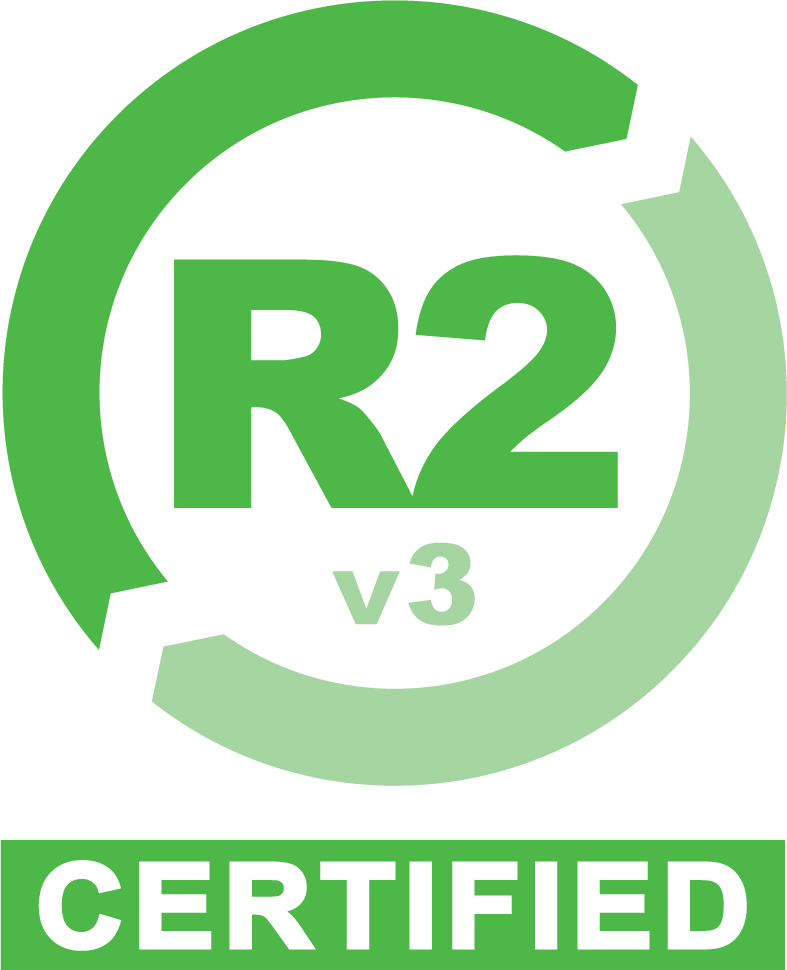
 Google map directions
Google map directions
 Google map directions
Google map directions
 Google map directions
Google map directions
 Google map directions
Google map directions
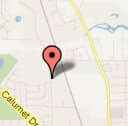 Google map directions
Google map directions
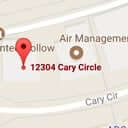 Google map directions
Google map directions
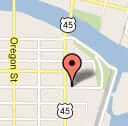 Google map directions
Google map directions